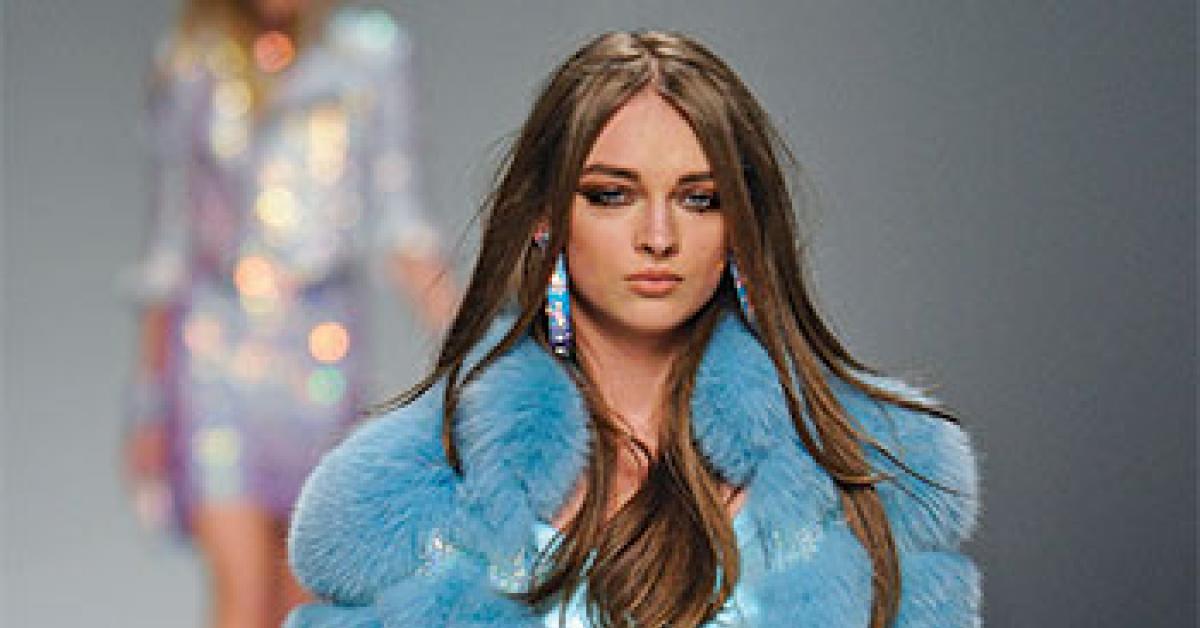CHICAGO — The fall 2012 couture and ready-to-wear shows in Milan, New York and Paris offered up a variety of elegant, self-assured looks that were, for once, neither shockingly over-the-top nor snoozingly sedate. If anything, designers refined and reiterated the trends of the prior year, putting a pause on the march of style as if to say that these are the new staples, and all hell can break loose next season.
That’s not to say that the new fall styles are easy-care—they aren’t. Designers opted for some of the most difficult constructions and embellishments for this year’s collections, ensuring that what was once the reserve of the fashion revolutionary will soon be the purview of the mall and the middle class.
Fluorescent furs, mannish, matchy pantsuits, and origami-style outerwear are just a few of the trends that are moving quickly from catwalk to street, meaning that dry cleaners will soon face the specific challenges they pose—if they aren’t facing them already.
What follows is a primer on the fall fashions operators nationwide will see in the days and months ahead, and how to handle them without a faux pas.
FUR
The fur and faux fur is flying this year, and not just as ostentatious outerwear, but as trims, sleeves, bodices and entire garments. Use of fur and faux fur has been growing for years, but the variety has never been more incredible.
Garments often include multiple textures of goat, llama, rabbit and fox, sculpt the fur’s pile to give the garment its shape, or leave the shaggiest strands to fly free. What’s more, fur and faux fur are available in every imaginable color—often side-by-side.
Real fur is more of an issue in processing, since skins can dry out in solvent (especially perc) and the heat of reclamation.
“It’s best to spot-clean them or send them to a professional leather cleaner,” says Alan Spielvogel, garment analyst with the National Cleaners Association (NCA).
Professional furriers get great results by using crushed corncobs or sawdust saturated with solvent to clean the skins without immersion, adds Chris Allsbrooks, director of training operations for ZIPS Dry Cleaners, and fur trims and panels can often be detached and cleaned separately.
Faux furs typically have better colorfastness and serviceability, the experts say, but operators should know their fibers—many are delicate but relatively easy-to-process modacrylics, but not all.
“Sometimes, faux furs create more of an issue because of the different fiber contents,” says Joe Hallak Jr., vice president of Hallak Cleaners. “Fur is fur, [but] with faux furs, we need to test and guess a little more. Always follow the manufacturer’s label, but always test—and be familiar with what you are working on.”
Tuesday: Renaissance-inspired silhouettes turn sultry with lots of black lace and sheers, gold brocade and embroidery, and accents...
Have a question or comment? E-mail our editor Dave Davis at [email protected].

